Galeria de retlaw snellac
the world part 1
Created with Admarket's flickrSLiDR.
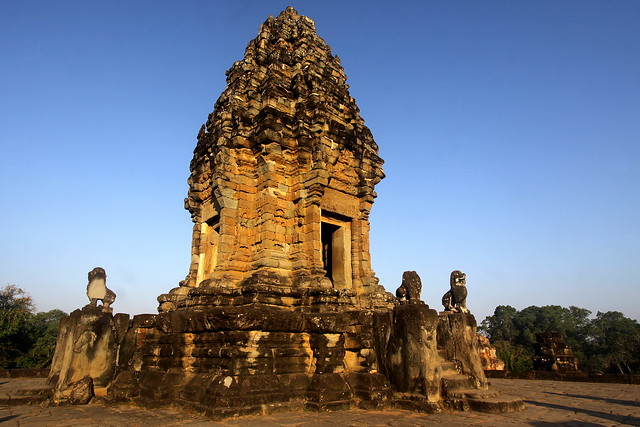
cambodia
Roluos Group - Bakong - Treasures of Angkor.
Bakong: the most impressive member of the Roluos Group, sitting at the center of the first Angkorian capital, Hariharalaya. Bakong stands 15 meters tall and is 650x850m at the outer wall. Constructed by the third Angkorian-era king as his state-temple, Bakong represents the first application of the temple-mountain architectural formula on a grand scale and set the architectural tone for the next 400 years. The temple displays a very early use of stone rather than brick. Though begun by Indravarman I, Bakong received additions and was expanded by later kings. The uppermost section and tower may have been added as late as the 12th century AD. Some of the lintel carvings, particularly on the outer towers, are in very good shape. Picturesque moat and vegetation surround Bakong.
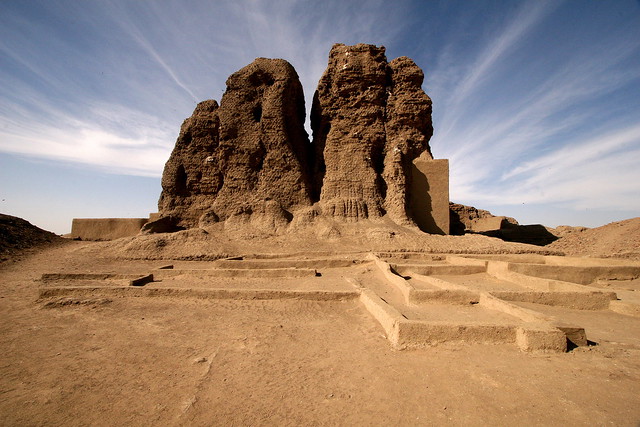
sudan - the black pharaohs
Western Defuffa at Kerma.
The ancient town of Kerma, located a little upstream of the Third Cataract, was occupied continuously from about 2500 to 1500 BC, and was one of the earliest urbanized communities in tropical Africa. The local economy was based on agriculture and animal husbandry, but it is likely that the special importance of the rulers of the area developed because of their ability to control the important north-south trade on the Nile. There is little doubt that Kerma was the capital of the kingdom of Kush, which features prominently in the records of the Eighteenth Dynasty (about 1550-1295 BC).
The site has been (and continues to be) extensively excavated. The most prominent landmark is a massive mud-brick structure known as the 'Western Defuffa', which was probably the main religious building at Kerma. Around this structure were grouped workshops, public buildings and houses. These buildings ranged from simple huts to houses with two or three rooms and a walled courtyard with animal pens and granaries.
Extensive cemeteries have been located at Kerma and other sites in Kush. The richest graves uncovered were those of the last rulers of Kush of the seventeenth and sixteenth centuries BC. These took the form of large tumuli, with the main burial on a bed in a small chamber beneath the mound. From the remains of several hundred persons found in a broad central corridor, it appears that they were buried simultaneously as sacrificial victims.
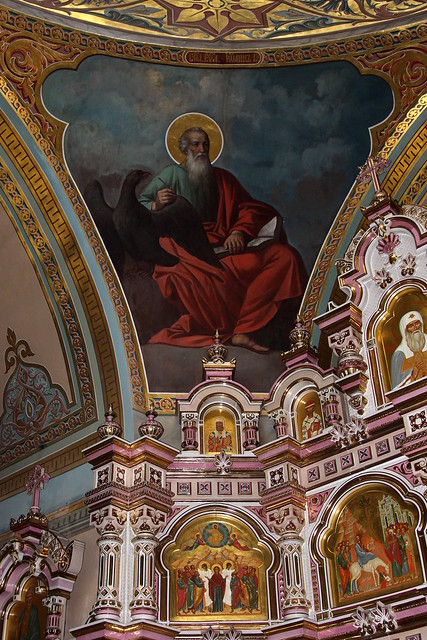
russia - nizhny novgorod
Annunciation Monastery (Nizhny Novgorod).
An extensive system of men's and women's monasteries existed in the city from the very earliest times. Annunciation (Blagoveshchensky) Monastery located on a low hill on the bank of the Oka River was founded in the early 14th century. It was destroyed by Prince Purgas of Mordovia and then restored by Metropolitan Aleksy in the second half of the 14th century. Today, it is a functioning monastery.
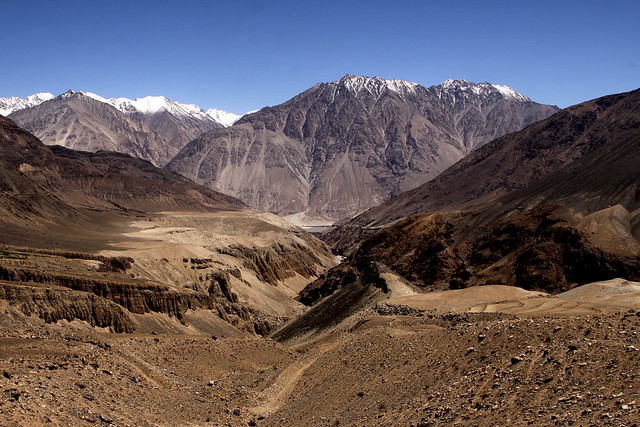
india - ladakh
Nubra valley.
Nubra Valley is about 150 km north of Leh, the capital town of Ladakh, India. Local scholars say that its original name was Ldumra (the valley of flowers). The Shyok River meets the Nubra or Siachan River to form a large valley that separates the Ladakh and the Karakoram Ranges. The average altitude of the valley is about 10,000 ft. above the sea level. The common way to access this valley is to travel over the Khardung La from Leh.
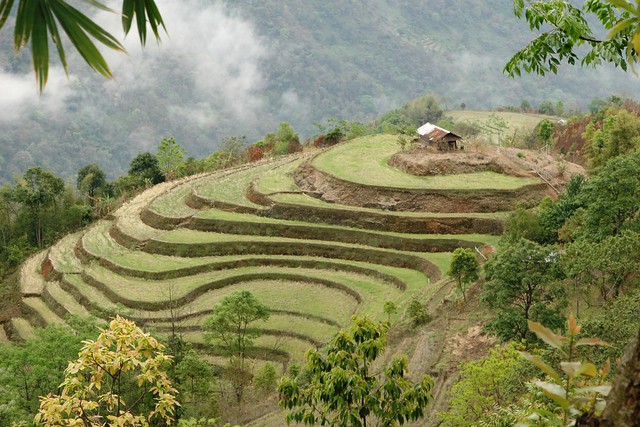
india - nagaland
On the way from Mokokchung to Zhuneboto.
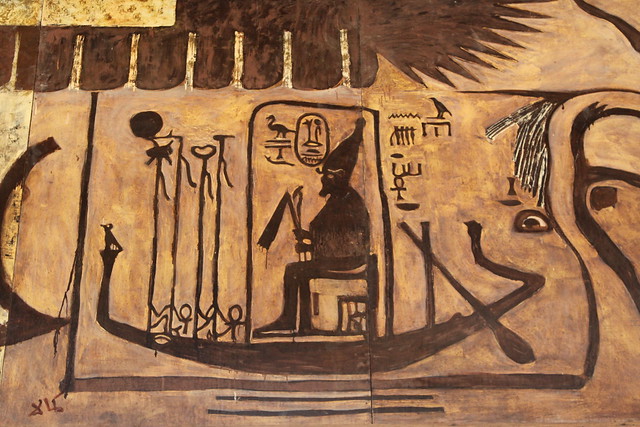
sudan - the black pharaohs
The National Museum of Sudan is the largest museum in Sudan. Located on El Neel Avenue in Khartoum, the museum contains works from different epochs of Sudanese history. Among the exhibits are two Egyptian temples of Buhen and Semna which were
originally built by Queen Hatshepsut and Pharaoh Tuthmosis III respectively but relocated to Khartoum upon the flooding of Lake Nasser. It was founded in 1971.
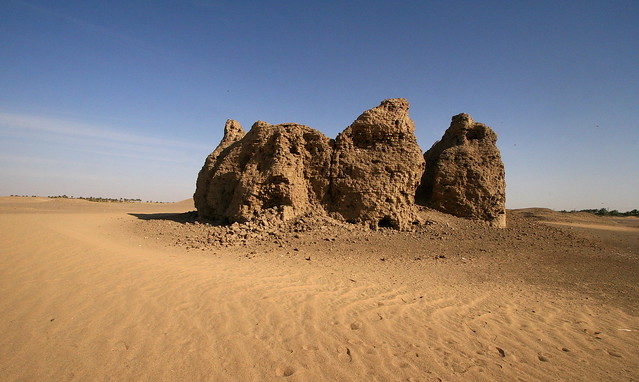
sudan - the black pharaohs
Eastern Defuffa of Kerma.
The ancient town of Kerma, located a little upstream of the Third Cataract, was occupied continuously from about 2500 to 1500 BC, and was one of the earliest urbanized communities in tropical Africa. The local economy was based on agriculture and animal husbandry, but it is likely that the special importance of the rulers of the area developed because of their ability to control the important north-south trade on the Nile. There is little doubt that Kerma was the capital of the kingdom of Kush, which features prominently in the records of the Eighteenth Dynasty (about 1550-1295 BC).

china - the uyghur people of xinjiang
China - The Uyghur people of Xinjiang.
In Xinjiang, the western province of China, violent combats between the Uyghur people and the new settled Han Chinese people caused more than 150 deads in the beginning of the month of July 2009.
Relations between Chinese authorities and the Uyghur population have a long and
tense history. Uyghurs formed two short-lived East Turkestan republics in the 1930s and 40s during the Chinese civil war and the Japanese invasion. But China subsequently took control of the region, and Beijing has in recent years launched a campaign against Uyghur separatism, which it regards as a war on Islamic terrorism. It has also accused "hostile forces" in the West of fomenting unrest in the strategically important and resource-rich region, which borders several countries in Central Asia.
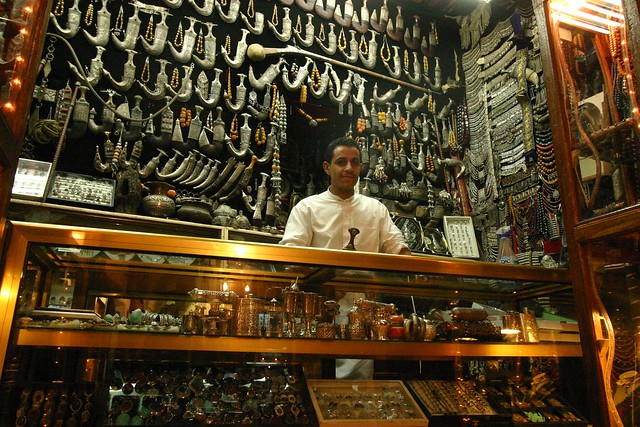
yemen - sana'a
Sana'a is the capital of Yemen and one of the most fascinating in the Arab world with its unique architecture, bustling souqs, friendly inhabitants and lack of tourists.

cambodia
Ta Som - Treasures of Angkor.
Face-tower.
Ta Som is a small temple at Angkor, Cambodia, built at the end of the 12th century for King Jayavarman VII. It is located north east of Angkor Thom and just east of Neak Pean. The King dedicated the temple to his father Dharanindravarman II who was King of the Khmer Empire from 1150 to 1160. The temple consists of a single shrine located on one level and surrounded by enclosure laterite walls. Like the nearby Preah Khan and Ta Prohm the temple was left largely unrestored, with numerous trees and other vegetation growing among the ruins. In 1998, the World Monuments Fund (WMF) added the temple to their restoration program and began work to stabilise the structure to make it safer for visitors.
Designed to be entered from the east, Ta Som is surrounded by a moat and enclosed by three laterite walls which are broken by two sets of gopura (entrance ways). The gopuras are cross shaped and contain a small room on each side along with windows containing balusters. The main structure of the gopura are carved with four faces in the Bayon style. The eastern outer gopura has been overgrown by a sacred fig (Ficus religiosa) which has grown down through the blocks that make up the gopura and into the ground. The inner section of the temple consists of a central cruciform sanctuary with porches at each arm surrounded by four corner pavilions. Two small libraries sit on either side of the eastern entrance path.
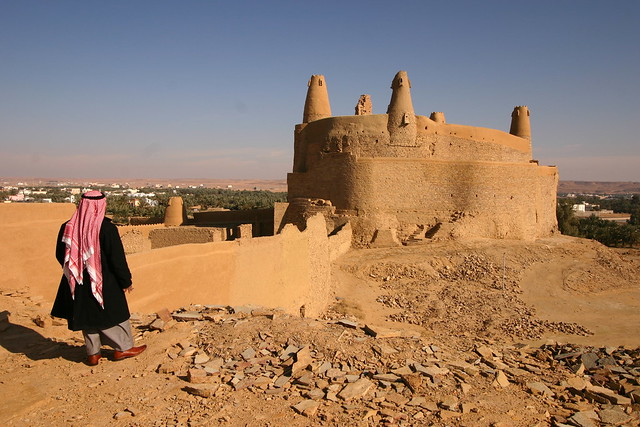
saudi arabia
One of the most striking antiquities in Al Jouf is the Qasr Marid in Dumat al-Jandal, a walled fortress which overlooks the ancient town. Historical sources mention the existence of this qasr at the time of the Prophet Mohammed, and its original construction is attributed to a grandson of the Prophet Ibrahim (Abraham). Its occupation by the Nabateans in the first century CE is evidenced by pottery shards excavated from the site which date from this era. Literary sources of the 8th century CE indicate that Queen Zenobia of Palmyra attacked the castle in 270 CE, but failed to conquer it.
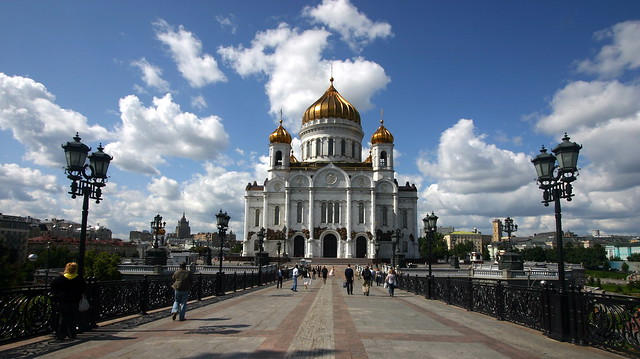
russia - moscow
The Cathedral of Christ the Savior (Moscow, Russia).
The enormous gleaming golden dome and gigantic structure of the newly built Cathedral of Christ the Savior is visible from all over central Moscow and is the largest church in Russia. The original Cathedral was built by the architect Konstantin Ton between 1839 and 1881 to commemorate Russia's victory over the French in the Napoleonic Wars. The church was later demolished in 1933 on Stalin's orders, but was built anew in the 1990s. The Cathedral of Christ the Savior was originally commissioned by Emperor Alexander I in an Imperial decree on Christmas day 1812. In celebration of Russia's dubious victory against Napoleon and having driven the French leader and his 600,000 troops from Russian soil, the Emperor thanked God and the Russian people for the triumph and ordained the construction of a memorial temple to Christ the Savior. After Alexander I's death in 1825, his younger brother, Nicholas, ascended the Russian throne. Remembering Alexander's wish, Nicholas I instructed that architectural designs should once again be submitted for the building of the memorial temple. From the multitude of submitted designs, one by a member of the Imperial Academy of Fine Arts, the architect Konstantin Ton, received Imperial approval on April 10 1832. Ton's original neo-Russian design mirrored the traditional plan of a Russian Orthodox Church but on an unprecedented scale, causing much controversy over its proportions and aesthetic qualities. Despite considerable debate about its design, the church was finally completed some 40 years later in 1881 and lavishly decorated, although none of its original decor survived the Bolshevik assault of the 1930s. The church was demolished in 1933 in order to free the land for the construction of a House of Soviets - a massive skyscraper intended to house various government authorities and promote the Soviet regime. The building was to be topped with a 100-meter-tall aluminum statue of the Bolshevik leader Vladimir Lenin. The recreation of the Church of Christ the Savior was considered a symbol of Russia's spiritual revival after the long years of atheistic Communist rule. In the early 1990s a public fund was set up to raise money for the costly project. The reconstruction raised
considerable patriotic feeling amongst many Russians, although some Muscovites opposed the project on aesthetic grounds, claiming that the hastily built replica of the original church lacked elegance and balanced proportions. Many also saw the massive construction project as an entirely ego-motivated attempt by Moscow Major Yuri Luzhkov to leave his mark on the city, as many powerful rulers had done before him. Clad in marble and granite, with huge bronze doors covered in relief depictions of the saints, the cathedral is an awesome statement of the re-found power and prestige of the Orthodox Church and one of Moscow's most impressive ecclesiastical buildings.
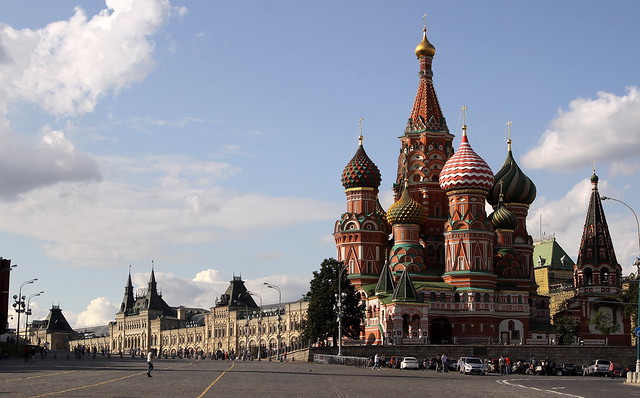
russia - moscow
Red Square (Moscow, Russia).
Moscow's famous Red Square earned its name not from the red walls of the Kremlin, nor from the traditional symbol of Communism, but from the Russian word for "red", which many centuries ago also meant "beautiful". The square's vast cobbled expanse is flanked by some of Moscow's most famous tourist attractions. Along one side stands the eastern wall of the Kremlin, on the next - the brightly-colored spiraling onion domes of St. Basil's Cathedral, to the north - the elegant turn of the century arcades of the GUM department store (mall) and Kazan Cathedral and to the west - Russia's imposing National Historical Museum and the 1990s replica of the Resurrection Gate. The square first came into being at the end of the 15th century during the reign of Ivan III. It was initially called Trinity Square
after the Trinity Cathedral, which stood on the site of the later St. Basil's Cathedral. The name by which we all know the square today originated much later, possibly as late as the 17th century. Located on the site of the city's old market place, Red Square served as Moscow's equivalent of ancient Rome's Forum - a meeting place for the people. It served as a place for celebrating church festivals, for public gatherings, hearing Government announcements and watching executions, the later becoming particularly commonplace during the reigns of Ivan the Terrible and Peter the Great and during the anarchic Time of Troubles in the early 17th century. Occasionally the Tsar himself would address the people from a platform on the square, named Lobnoye Mesto. In 1712 Peter the Great moved the Russian capital to St. Petersburg and Red Square temporarily lost its political significance only to regain it two centuries later, when the Bolsheviks moved the capital back to Moscow in 1918. The new Communist regime turned the square into a memorial cemetery and parade ground and in 1924 the Lenin Mausoleum was built to house the embalmed body of the founder of the Communist state. Red Square became the ideological focus of the new Soviet state and some of its ancient building weren't seen as appropriate to the new regime. The Kazan Cathedral and the Iverskaya Chapel with the Resurrection Gates were destroyed to make space for the military parades and demonstrations that frequented the square. The Bolsheviks even planned to knock down the GUM Department Store and the Historical Museum, but the onset of WWII diverted attention from the idea and thankfully it was never realized. Red Square served as the site of frequent Soviet military parades and demonstrations on major national holidays, such as May 1st (International Worker's Solidarity Day) and November 7th (the Anniversary of the October Revolution). Perhaps the most dramatic and impressive military parade that the square has witnessed took place on November 7th 1941, when Nazi troops were advancing on Moscow and fought just a few miles away from the capital. On that day thousands of Russian soldiers appeared in parades on Red Square and then marched directly to the front line to defend the Soviet capital. The brief parade boosted the confidence and fighting spirit of the Soviet people at the height of their battle with the Nazi forces. After the war, in June 1945, hundreds of Soviet troops marched in columns across the square to celebrate victory over the Nazis and 200 German banners were thrown at the foot of Lenin's Mausoleum. Today, Red Square is a popular attraction for both Russian and foreign visitors alike. It provides plenty of photographic opportunities, while the area between St. Basil's and the Moscow River is often used for rock and pop concerts.
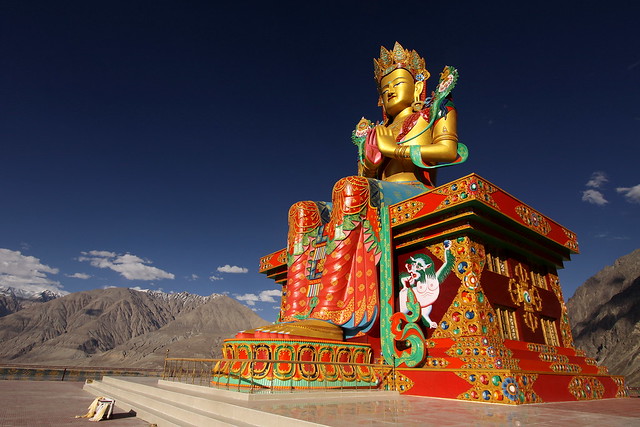
india - ladakh
Buddha statue belonging to the Diskit monastery in the Nubra valley of Ladakh (India) inaugurated in 2010.
The Dalai Lama inaugurated a 106-foot-tall Buddha statue during his nine-day visit to the Himalayan region of Ladakh.
The statue of Buddha Maitreya is at a monastery in India's Jammu and Kashmir State. Buddhist monks welcomed the Dalai Lama at the monastery, playing religious musical instruments and drums.
Hundreds of Ladakhi and Tibetan Buddhists attended the sermons by the Dalai Lama.
The statue of Lord Maîtreya Buddha or the future Buddha is the tallest in the Ladakh region, which has a significant population of Buddhist followers.
Built under the leadership of Thiksay Rinpoche of the Diskit monastery, the statue took six years to complete and cost 30 million rupees, or more than 600-thousand dollars.

jordan
Little Petra.
Nabataean tomb at the entrance of the siq of Little Petra.
Siq Al-Barid or Little Petra is located to the north of Petra, only a 10 minute drive away. A classical temple stands guard outside the miniature siq which would appear to have been an important suburb of the city of Petra, situated at the point where several ancient caravan routes met, linking Wadi Araba with Gaza, Egypt and the Mediterranean coast. The narrow file, only some 350 m long, is crammed with tombs, temples, triclinia, houses, water channels and cisterns, in brief, a "Little Petra". Of particular note are the remains of painted frescoes on plaster dating from the 1st century AD, which are to be found in one of the biclinia.
See also:
www.flickriver.com/photos/waltercallens/random/
www.flickr.com/photos/waltercallens/favorites/
english.cohga.net/flickr/user/74089637@N00_1.html
www.fluidr.com/photos/waltercallens/sets
www.lurvely.com/index.php?owner=74089637@N00
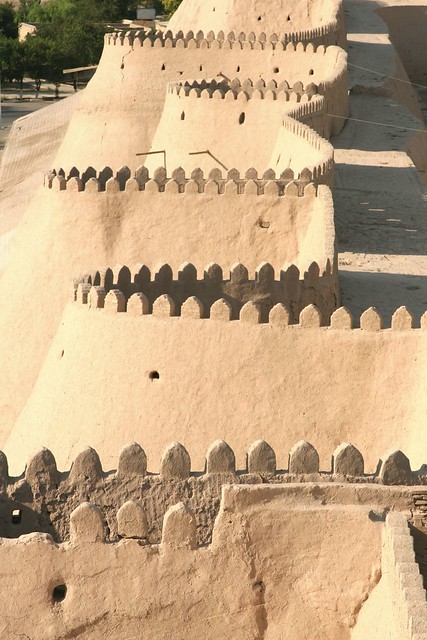
the silk road
The old walled city of Khiva, in western Uzbekistan, was once the capital of the kingdom of Khorezm, near the Aral Sea. It grew rich on the Silk Road trade carried across Central Asia's deserts. Now it is a remarkable open-air museum of history and architecture.

the silk road
The old walled city of Khiva, in western Uzbekistan, was once the capital of the kingdom of Khorezm, near the Aral Sea. It grew rich on the Silk Road trade carried across Central Asia's deserts. Now it is a remarkable open-air museum of history and architecture.
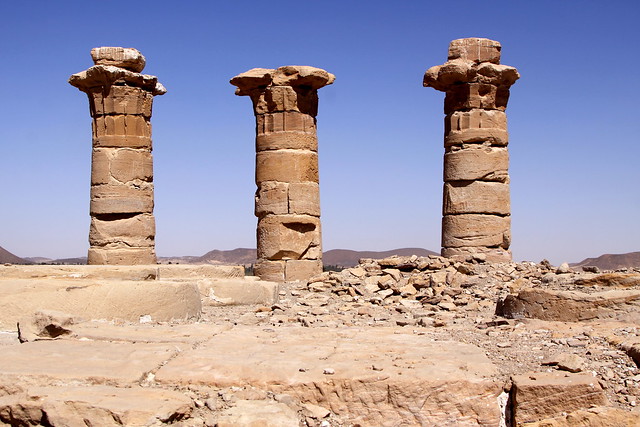
sudan - the black pharaohs
Sesebi.
Sesebi is the name most commonly used to refer to a New Kingdom Egyptian walled town about a kilometre south of Sese on the west bank of the Nile opposite Delgo.
The site was excavated between 1936 and 1938 by the Egypt Exploration Society under the direction of A. M. Blackman and later H.W. Fairman but was published only in preliminary reports in Journal of Egyptian Archaeology volumes 23 and 24; the records of the excavations are housed in the archives of the Egypt Exploration Society in London.
Foundation deposits discovered under the corners of the enclosure wall date its construction to early in the reign of Akhenaten (1352–36 BC). Two temples at the north end of the site were also constructed during this reign. The main temple is formed of three contiguous shrines. The walls have been reduced to the level of the raised floor but three columns remain. These were originally decorated with incised reliefs of Akhenaten, images which were later chiselled out and replaced with raised-relief decoration of Seti I. A crypt with images of Akhenaten alongside the traditional gods of Egypt was also found. Large magazine blocks lie to the south of the main temple. The southwest part of the town contained housing and there was evidence for industrial activity to the southeast. Much of the eastern part of the site is seriously
denuded but the remains of an enigmatic trench enclosing a large square-shaped area is preserved; no significant features were noted within this area. There are cemeteries west of the town wall and the remains of over 250 individuals were recovered along with a range of burial goods. Scarabs found in the cemetery and on the main site suggest that the town was occupied until at least the reign of Ramesses II (1279–13 BC).
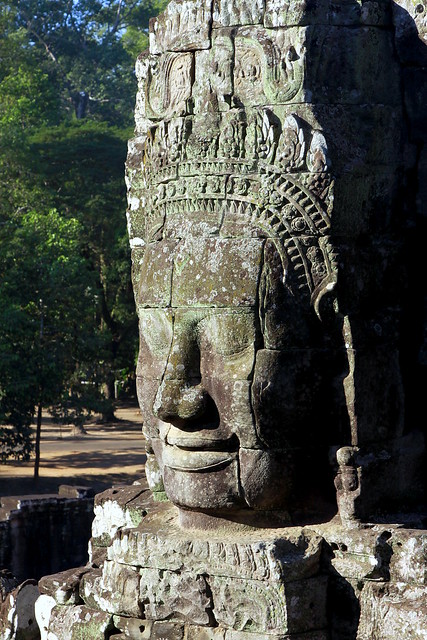
cambodia
The Bayon - Treasures of Angkor.
Face-tower.
The BAYON: A temple-mountain, a forest of 200 gigantic faces in the mysterious glances looking in all the directions, at enigmatic smiles, at beings of another world, in their smiling serenity. This 3-storeyed temple and 43 m of height , stayed for a long time an enigma. Built in 12th century by Jayavarman VII, first floors are a pantheon dedicated to the gods Khmers of the beginning of its construction, in a time of transition between the Hinduism and the Buddhism. The superior floor is dedicated to Buddha. Fabulous low reliefs of 1200m of length and representing more than 11000 sculptured persons, very long frescoes telling the fights and the naval battles between the Khmers and the Chams, as well as the daily life.
| The Ultimate Self Realization Course (tm) | | |
| Special New Release--Hear It Right Now!! | Special Announcements!
| See Sankarshan Prabhu's | |
| Get Krishna's Special Mercy by Rendering Devotional Service If you'd like to contribute something to help cover the expenses of Sankarshan Prabhu's European Lecture Series you can | On the order of his spiritual master, Srila Prabhupada, Sankarshan Prabhu has dedicated his life for the most urgent work of spreading Krishna consciousness all over the world. The more that Krishna consciousness spreads, the more that the suffering, scarcity, and hate on this planet will be replaced with bliss, abundance and love. This is a golden opportunity for us to do the highest good for all living beings and receive the special blessings of the Lord. Therefore we should, as much as possible, sacrifice our time, energy, and resources to assist Sankarshan Prabhu in his most important work. If you would like to help out to any extent, little or big, kindly inform Sankarshan Prabhu of your desire. | Meet If you would like to meet Sankarshan Prabhu or hear his lectures, you may contact us directly for an appointment or specific information on where and when his lectures will be held. | |
| Do You Have Questions or Need Guidance? | All inquiries are welcome. | Contact Information: Phone: 1-512-835-2121 or Email your questions |

 Sri Krishna Janmastami
Sri Krishna Janmastami Maha Kalash Abhisekha
Annual Patron Member Puja You are cordially invited to sponsor a Golden Kalash to bathe Sri Sri Radha Krishna, on the most auspicious day of
Sri Krishna Janmastami
(September 4, 2007)
This is a wonderful chance for you and your family to sponsor a beautiful bathing ceremony for Sri Sri Radha and Krishna. With your generous sponsorship, you will get to keep the sacred Kalash that the temple priest uses to bathe the Lord on your behalf. We will mail you your golden Kalash along with a wonderful assortment of prasadam sweets that will be offered to Sri Sri Radha Krishna on Janmastami. Your tax deductible contribution with help us to maintain and develop the worship of Lord Krishna.
Your golden Kalash is an amazingly beautiful transcendental work of art that your family will treasure for many generations. It will be shipped to you in a red velvet box as seen above:
There is a very limited supply. So if you would like to to sponsor a Kalash, do so right away before they are all taken: www.backtohome.com/Kalash
| |
| Home | Thought for The Day | Audio | Videos | Photos | Itinerary | Meditations on Pure Bhakti | Offerings | Services | |
|

Up

TABLA - FUENTES - FONTS
Disculpen las Molestias

Up







No hay comentarios:
Publicar un comentario